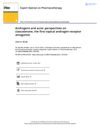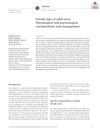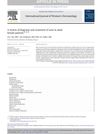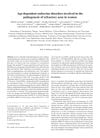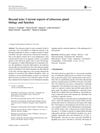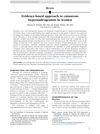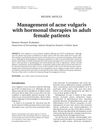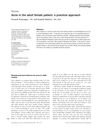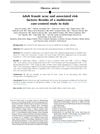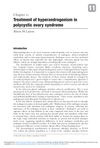Adult Female Acne: Clinical and Therapeutic Particularities
December 2021
in “
Experimental and Therapeutic Medicine
”
adult female acne retentional acne inflammatory acne persistent acne late-onset acne recurrent acne genetic predisposition hormonal factors sebaceous secretion Cutibacterium acnes follicular hyperkeratinization androgens topical treatments retinoids antibiotics benzoyl peroxide azelaic acid dapsone systemic therapy oral antibiotics isotretinoin hormonal therapies spironolactone acne C. acnes Accutane hormonal treatments Aldactone
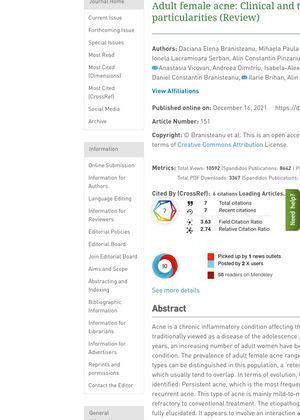
TLDR Adult female acne is complex and requires a combination of treatments for effective management.
Adult female acne, affecting 12% to 54% of women, is categorized into 'retentional' and 'inflammatory' types, with three subtypes: persistent, late-onset, and recurrent acne. The cause is multifaceted, involving genetic predisposition, hormonal factors, chronic immune system activation, and external factors like stress, diet, and cosmetics. The pathogenesis involves increased sebaceous secretion, bacterial colonization by Cutibacterium acnes, follicular hyperkeratinization, and complex inflammatory processes. Hormones, particularly androgens, play a significant role in acne development. Treatment requires a holistic approach, with both topical and systemic treatments available. Topical therapies effective for adult acne include retinoids, antibiotics, benzoyl peroxide, azelaic acid, and dapsone. Systemic therapy includes oral antibiotics, isotretinoin, and hormonal therapies. Spironolactone is recommended for acne resistant to standard treatments, with a study showing 91.4% of 395 patients improved and 66.1% had complete remission. Maintenance therapy is required due to acne's recurrent nature.
